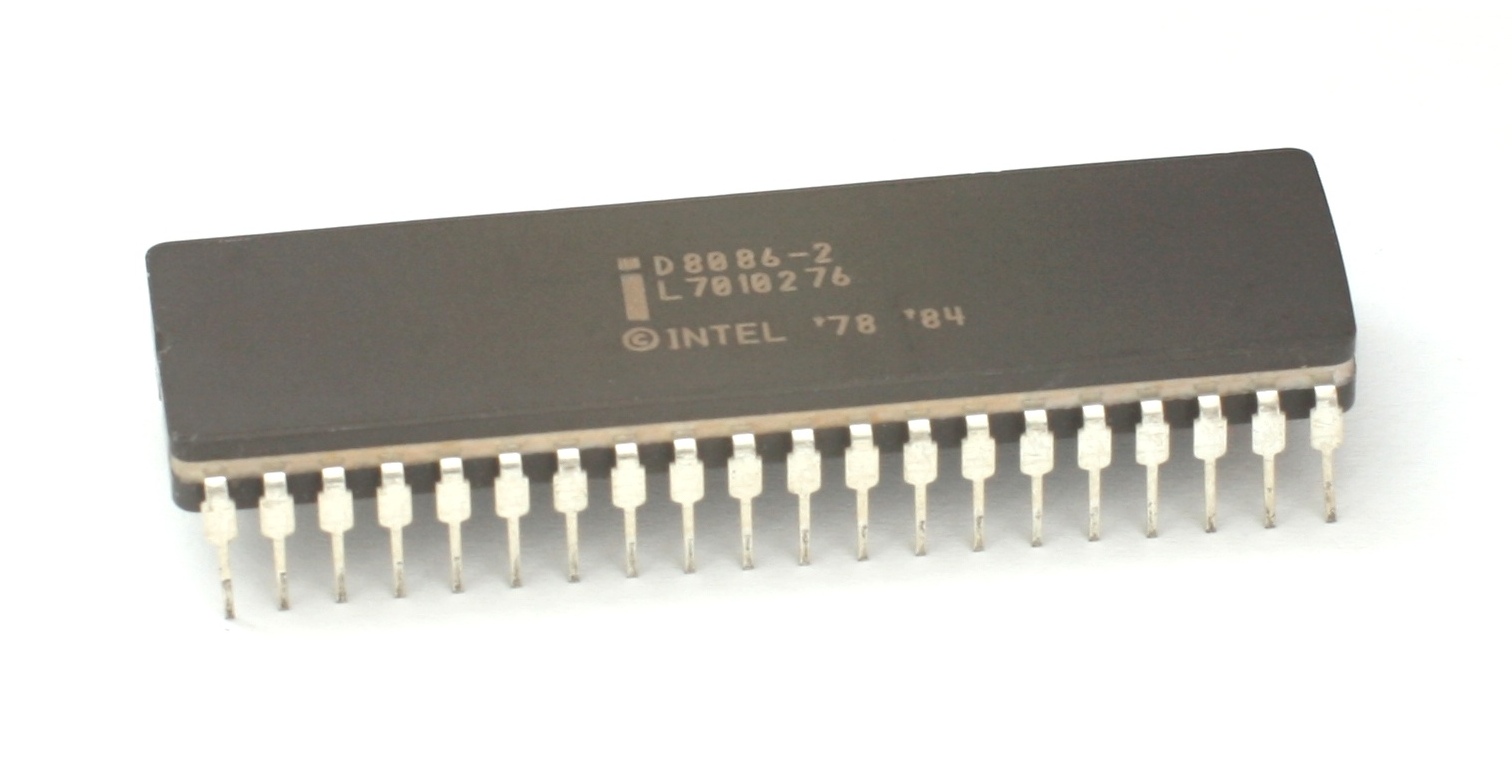The 8086 launched on June 8th, 1978, and Intel ran through its innovations over the last 39 years including SIMD multiprocessing, SSE media rendering, encryption enhancements, security and more. It points out that it has a portfolio of over 1,600 patent to protect all that tech.
The article then shifts into a more lawyerly tone, pointing out that “Intel carefully protects its x86 innovations, and we do not widely license others to use them.” Specifically, it cited past battles with AMD, Cyrix, Chips and Technologies, and others over the last few decades.

Making note of the x86 and Win32 emulation that Qualcomm plans to use, the company wrote, “Emulation is not a new technology, and Transmeta was notably the last company to claim to have produced a compatible x86 processor using emulation (‘code morphing’) techniques.” It said despite the emulation, Intel enforced its patents against Transmeta, adding that the company exited the CPU business a decade ago.
As Engadget’s Cherlynn Low pointed out, there are some pretty nice benefits to having Qualcomm on Windows 10. Those include lighter, smaller machines thanks to Qualcomm’s tinier parts, integrated 5G LTE connectivity and much better battery life, all part of Microsoft’s “always connected” dream for Windows 10. Qualcomm notably built the Snapdragon 835 with 10-nanometer technology, while Intel’s latest chips still use last-gen 14-nanometer parts.
Unlike Transmeta, Qualcomm has vast resources, and we imagine that the company’s lawyers didn’t let it jump onto Intel’s turf without serious due diligence. Microsoft is also fully behind the partnership, because its new strategy for Windows 10 S seems to depend on Qualcomm’s participation. Other OEM partners, including Lenovo, HP and ASUS are also on board. And as much as Intel blusters, it’s very dependent on Microsoft, which could easily sidestep its IP with Windows 10 if it decided to.




